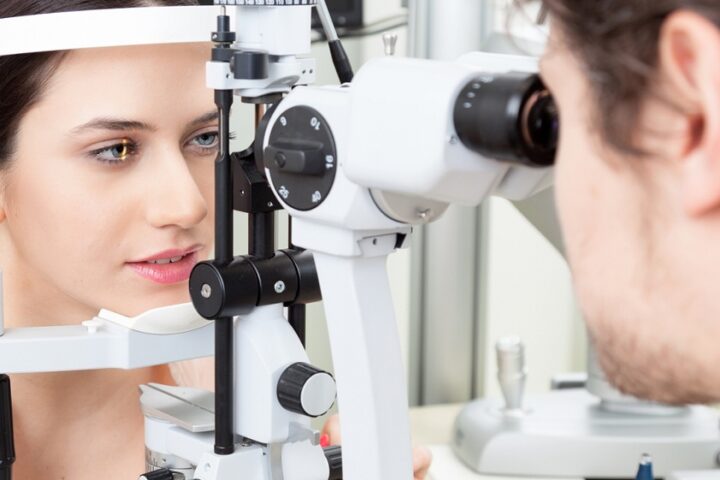Because the brain is such an excellent adapter, vision is a strange thing. The brain quickly learns to compensate for visual loss as your vision declines. Unless the loss is quick or significant, this will fool you into thinking you can see well when, in fact, you need a new eyeglass prescription. As a result, most optometrists and ophthalmologists recommend comprehensive eye exams every two to three years.
Taking Care of Your Eyes
However, different recommendations are made according to your age, family and personal medical history, whether you presently wear glasses or contacts, and other risk factors.
What Is a Comprehensive Eye Exam?
You may have noticed that we used the phrase “full eye exam” several times in this post. A comprehensive eye exam differs from a superficial eye test in Singapore in which you stand or sit behind a line and read different-sized letters on an eye chart (called a Snellen Eye Chart).
A complete or comprehensive eye exam takes between 12 and 2 hours. The eye exam comprises the following:
Examining your eye exam and medical history
Your family and personal medical histories can provide insight into the types of visual problems you may face in the future. Because your lifestyle is essential, we’ll maintain our records up to date and make a note of any potential risk factors we’ll want to keep an eye out for over time.
Visual examination
We’ll position you 20 feet in front of a normal Snellen Eye Chart so you can read the letters, numbers, or symbols. You will first read them with one eye covered, then the other, and finally both.
Other diagnostic tests, such as refraction
We’ll keep looking for your “refractive mistake” if you don’t have 20/20 vision. This error is caused by nearsightedness, farsightedness, astigmatism, or another vision-impairing eye condition.
Other diagnostic equipment, such as retinoscopes, autorefractors, and phoropters, are then used. These offer a prescription for the creation of lenses (eyeglasses) and the correction of the fault. Again, our goal is to provide you with as near 20/20 vision as possible.
Tests of eye focusing and teamwork
Your optometrist or ophthalmologist examines how each of your eyes focuses (or does not focus) and how they work as a team.
Examinations to determine eye health
Finally, we want to obtain a good look at the anatomy of your eyes, and we employ a variety of equipment to accomplish so. They are as follows:
- Slit lamp experiment. We examine the surface and interior parts of the eye in great detail, looking for evidence of healthy ageing and markers of eye problems, including conjunctivitis, cataracts, macular degeneration, or retinal detachment.
- This screen checks for glaucoma by measuring the pressure within your eye. Because glaucoma causes blindness, early detection is critical.
- Dilation of the pupils. We’ll dilate your pupils to gain a closer view of the rear of your internal eyeball. This enables more light into your eye, so bring shades to wear for a few hours until your eyes return to normal dilation. We’ll offer you a set of shaded eye coverings to wear outside if you forget.

